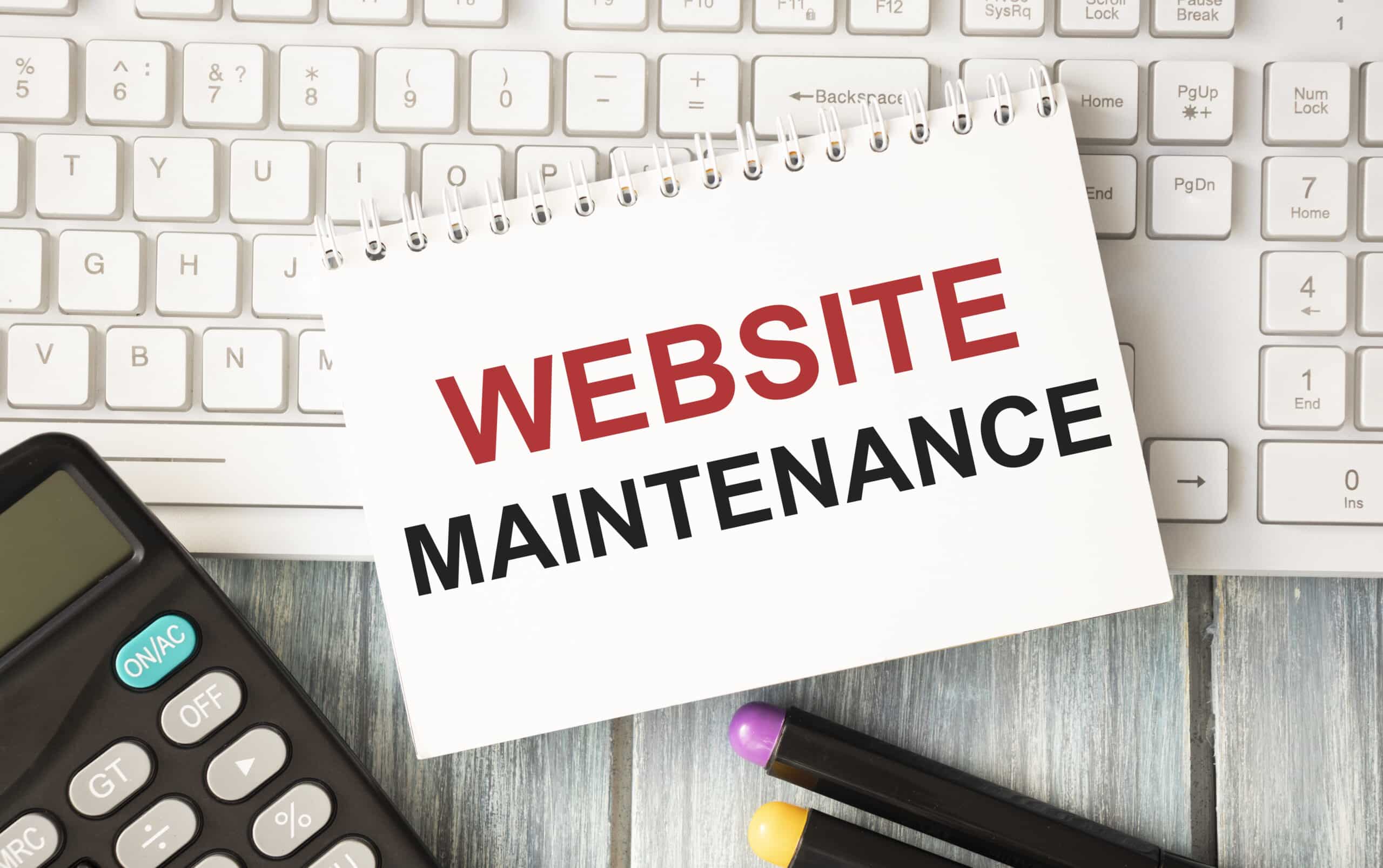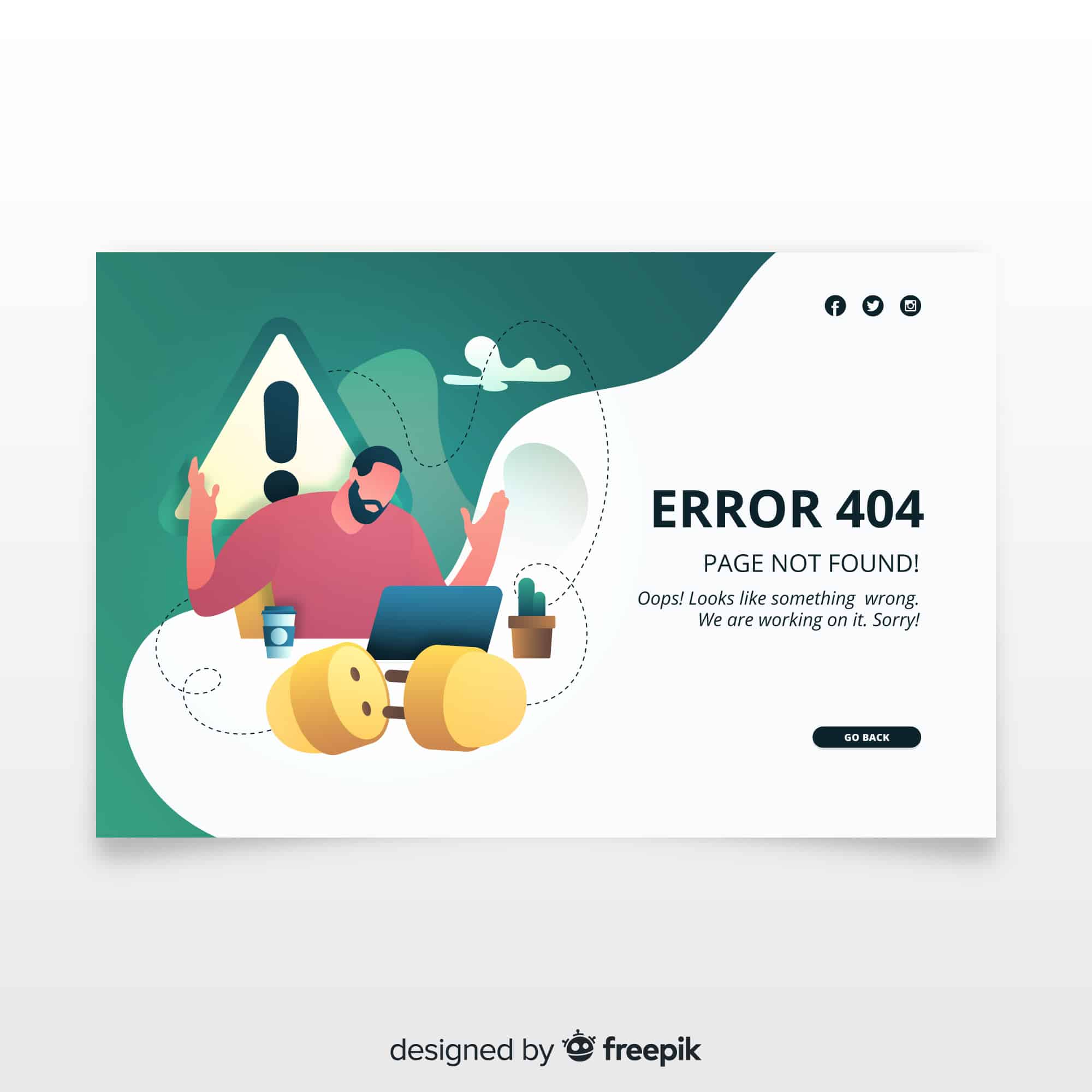Choosing the right caching solution is key to a faster WordPress site. In this ultimate guide to the best WordPress caching plugins, you’ll learn how caching works, what features matter, which tools top the charts, and how to configure and maintain your setup for peak performance.
Caching Basics Overview
When you install a caching plugin, it creates and stores static HTML versions of your dynamic pages. Instead of PHP and database queries firing on every visit, your server serves those static files, cutting down load times and server processing work.
Key benefits of caching include
- Faster page loads and better user experience
- Improved Time to First Byte (TTFB)
- Lower server load during traffic spikes
- Higher conversion rates and SEO gains
Key Caching Features
Understanding core caching features helps you pick a tool that fits your site’s needs.
Page Caching
Stores static copies of pages so repeated visits skip PHP processing. It’s the foundation of any caching strategy.
Browser Caching
Instructs visitors’ browsers to reuse certain files (CSS, JS, images) instead of downloading them on each page load. That cuts bandwidth and speeds up repeat views.
Object and Database Caching
Keeps frequently accessed database queries or objects in memory (like Redis or Memcached). Excellent for sites heavy on dynamic content.
Lazy Loading and File Optimization
Delays image or video loading until they’re in view, and minifies or combines CSS and JavaScript. This reduces page weight and render-blocking scripts.
CDN Integration
A Content Delivery Network (CDN) stores copies of your static files on a global network of servers. Visitors download assets from the nearest location, slashing latency.
Top Plugins Compared
Here’s how leading tools stack up side by side. Data on FlyingPress and LiteSpeed Cache comes from Online Media Masters’ 2025 report.
| Plugin | Price | Key Features | Best For |
|---|---|---|---|
| WP Rocket | From $59/year | Page caching, lazy load, file minification, CDN prep | Beginners, all-around |
| LiteSpeed Cache | Free | Server-level cache, image optimization, QUIC.cloud CDN | LiteSpeed hosting users |
| FlyingPress | From $49/year | LCP image preloading, local fonts, critical CSS | Core Web Vitals focus |
| W3 Total Cache | Free / $99/year | Page, object, DB, browser caching, PageSpeed Insights | Developers wanting deep control |
| WP Super Cache | Free | Simple and expert page caching, cache preloading | Budget or entry-level sites |
| Sucuri Firewall | From $199/year | CDN-level caching, WAF, Brotli compression | Security plus performance |
| Cache Enabler | Free | Auto cache clearing, customizable durations | Simple, lightweight caching |
Select Your Plugin
What kind of caching fits your site best? Here’s how to choose:
- Hosting environment
- LiteSpeed servers benefit most from LiteSpeed Cache
- Any stack works with WP Rocket, W3 Total Cache, or FlyingPress
- Ease of use
- WP Rocket and FlyingPress require almost zero setup
- WP Super Cache and Cache Enabler are plug-and-play for basic needs
- Feature depth
- Developers may prize W3 Total Cache’s object and DB caching
- Sucuri Firewall pairs caching with security, boosting load times by up to 60%
- Budget and licensing
- Free options: LiteSpeed Cache, WP Super Cache, Cache Enabler
- Premium tiers start around $49-$59 per year for deeper optimization
Configure Your Cache
Once you pick a plugin, follow these steps to get it humming.
Activate and Configure
- Install and activate via Plugins → Add New.
- Enable page caching.
- Turn on browser caching, minification, and concatenation for CSS/JS.
- Set cache lifespan (often 10–24 hours by default).
- Enable lazy loading for images and videos.
- Connect to your CDN if available.
- Specify cache exclusions for dynamic pages (cart, account pages).
For WP Rocket, you just install and activate to enable recommended settings automatically. Other plugins may require toggling advanced options.
Verify Cache Behavior
Open your site in an incognito window and view network headers. Look for “x-cache: HIT” or similar signals that cached files are served. If you see “MISS” too often, revisit your configuration.
Monitor Performance
Run tests in Google PageSpeed Insights, GTmetrix, or WebPageTest. Keep an eye on Core Web Vitals, Largest Contentful Paint (LCP), First Input Delay (FID), and Cumulative Layout Shift (CLS). For a broader audit, don’t forget our website performance checklist.
Maintain Optimal Speed
Flush Cache on Updates
Whenever you publish new content or update themes and plugins, clear or preload your cache so visitors get the freshest pages.
Review Core Web Vitals Regularly
Schedule a monthly review of your key metrics. This helps you spot regressions after major changes.
Update and Audit Plugins
Keep your caching tool and other plugins up to date. Periodically audit unused plugins or settings that could bloat your site.
Key Takeaways
- Caching builds static files to cut load times and server work.
- Look for page, browser, object, and database caching, plus lazy load and CDN support.
- WP Rocket is beginner-friendly; LiteSpeed Cache and FlyingPress excel on Core Web Vitals.
- Free options like WP Super Cache and Cache Enabler cover basic needs.
- Configure, verify, and monitor your cache settings to maintain peak performance.
Ready to see the difference caching makes? Pick a plugin, follow the steps above, and let us know how much faster your site feels in the comments below.








